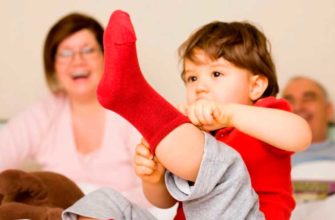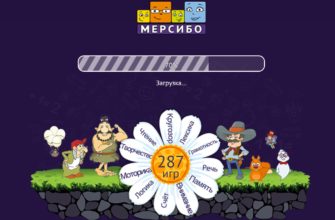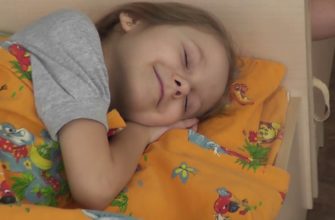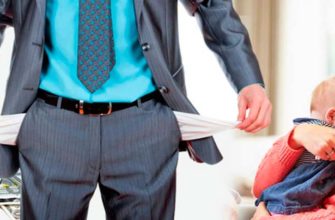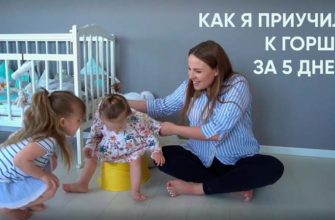Runny nose in children happens very often. The reason is the common cold and SARS. Some parents do not pay much attention to the common cold, mistakenly assuming that it cannot harm the child. This is not true. Free nasal breathing is necessary for the normal flow of oxygen into the body.
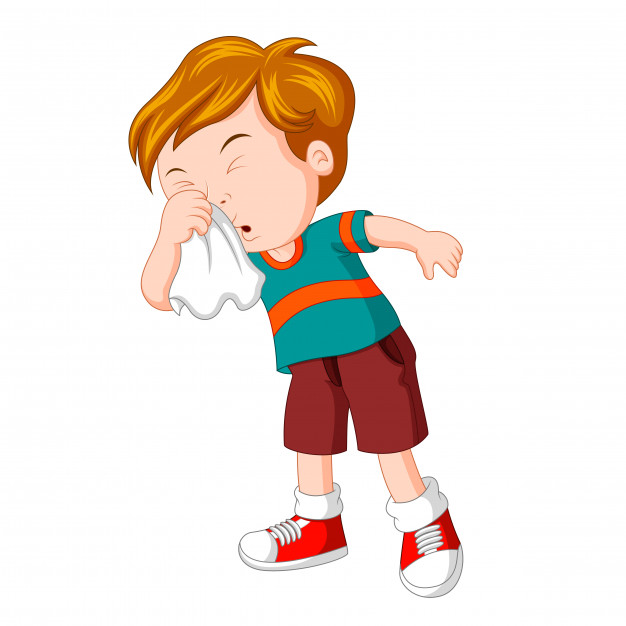
Why teach a child to sniff out snot
If a child has a runny nose, a constantly clogged nose does not just prevent breathing - it is fraught with complications. The mechanism is as follows: the mouth is constantly open, because of this, the mucous membranes of the mouth, nasopharynx and bronchi dry out, becoming the gateway to a bacterial infection, which can cause serious complications:
- sinusitis - inflammation of the sinuses and thick purulent discharge;
- otitis media - inflammation and swelling of the ear (reason: stagnation and thickening of mucus in the nose);
- tonsillitis - inflammation of the pharyngeal and palatine tonsils (reason: constant sniffing and swallowing of the snot).
All these diseases can go into a chronic form. In addition, a protracted runny nose:
- provokes irritation (constantly wetting skin under the nose becomes irritated and extremely painful. Sometimes children even cry in pain when parents try to wipe their nose);
- becomes a cause of a protracted cough due to mucus flowing into the nasopharynx;
- When a child's nose is clogged, his general health worsens, the body receives insufficient oxygen. The kid quickly gets tired, becomes irritable, restless and distracted. Sleep is disturbed, loss of appetite occurs.
That is why it is necessary to teach the child to blow his nose independently. This will help to avoid possible complications with a cold.
Also, importantly, if you do not teach your child to blow their nose on time, they may have problems communicating in kindergarten or school (children may laugh at the snot under their nose or the habit of wiping them with their sleeves).
While the child is small (up to about two years old), parents need to remove the mucus on their own, washing the nasal cavity with saline (funds can be purchased at pharmacies). And from one and a half to two years, it is time to begin training in this hygienic procedure.
Secrets of Successful Learning
Training should begin when the baby is positive. During the period when he is in a good mood, he is absolutely healthy, and his nose breathes freely. If the child does not feel well, is capricious, and upset, then all parental efforts will be in vain and mother will receive only whims and tantrums.
At first, perhaps nothing will come of it. Therefore, parents should be patient, encourage the baby and set him up for a positive result.
When to start learning
The age when they start to learn to blow their nose depends on the developmental features of the baby. The most optimal starting date is 2 years. Some learn the procedure in 1.5 years, others in 4. The main thing is that the baby clearly understands what parents want from him.
Pediatrician, MD Dan Levy: “Usually, children begin to blow their nose on their own by about 2 years or even earlier, and before that, if necessary, you just need to rinse your nose with saline. After instillation of the solution, the child either freaks out, or simply help him with an aspirator. And in every way encourage the child’s desire to learn to blow his nose. ”
How to teach
- Blowing your mouth.First you need to teach your child to blow his mouth. Blow out soap bubbles, blow bubbles under water while swimming (seething), score goals with cotton balls or crumpled pieces of paper in an impromptu gate on the table, use dandelions in spring (this will be useful for diction).
- Blowing nose.After the baby has learned to deliberately blow through the mouth, you can go to the nose. All according to the same pattern - we ask the baby to close his mouth and blow through his nose on different objects.
- Explanation.When you feel that the baby already understands a lot, try to explain to him why you need to blow your nose. Show what ugly mucus in his nose. Tell us that you can get sick from it. But do not overdo it, so as not to cause an obsessive fear of getting sick!
- Handkerchief / napkin.After the child has already more or less learned how to blow snot out of his nose, proceed to the independent use of a scarf or napkin. For accustoming, use scarves from a very soft fabric or disposable napkins - so as not to cause discomfort.
It can be difficult for young children to explain what actions are expected of them, so it would be logical to just show how to do it right with our own example. Be sure to take a soft scarf, as hard ones will leave an unpleasant sensation and the child will no longer want to blow his nose. It is important that he understands that it is necessary to blow air out, and not into himself. Turn this process into a game so that in the future the baby is not afraid of a runny nose, but perceives it as an unusual, perhaps even fun test. Blow your nose together - this will help you get closer and fasten a healthy habit.
Simple exercises for the little ones
For children under 2 years old, Dr. Komarovsky recommends using the following exercises in a playful way:
- Fuuu.This way of teaching blowing for very young children. First you need to say loudly “Fuuu”, the baby must repeat. Further, the mother offers the child to repeat the phrase with the nose;
- Blow the feather off. Mom puts a feather or small pieces of paper on the table (an ordinary napkin is perfect), and suggests the baby blow off the item. First, a piece of paper is moved by breathing through the mouth, then nasal breathing is used. It should be explained that air can be blown out only from one nostril, the other should be closed with a finger.To make it more fun, you can play football and score each other “goals” with the help of breathing;
- Hedgehog. Tell the child how the hedgehog puffs, show the image of this cute rodent. Ask to repeat the snort;
- The engine. Your baby is no longer just a baby, but a real engine. He rides, rides to distant lands. And the engine has a pipe that buzzes. Close one nostril to the child, and let him blow like a steam locomotive. Very funny! Try it yourself;
- Airplane. The airplane is played almost like a feather. And it’s not necessary to make airplanes, you can blow off anything: lumps of paper, small napkins, pieces of cotton wool, etc. ... Airplanes need to be put on the airfield (baby’s palm) and offered to launch them. To do this, take a deep breath in your mouth and blow air through one nostril. Be sure to demonstrate the method of execution using your own example. You can arrange a game-competition "Who will launch the most aircraft";
- Blow off dandelions with your nose. This game will really please the baby. Blow on parachutes first with your mouth, then use sharp exhalations through your nose;
- Fog. Ask the child to close one nostril and let the air through the nose into the mirror to form a foggy place. Ultimately, your child will need to learn to gently push air out of one nostril at a time.
The right way to blow your nose is to pinch one nostril with your finger to release air from the opposite nostril. Then repeat from the opposite side.
Such games not only teach the child to blow their nose, but also help to saturate the body with oxygen and strengthen the respiratory system.
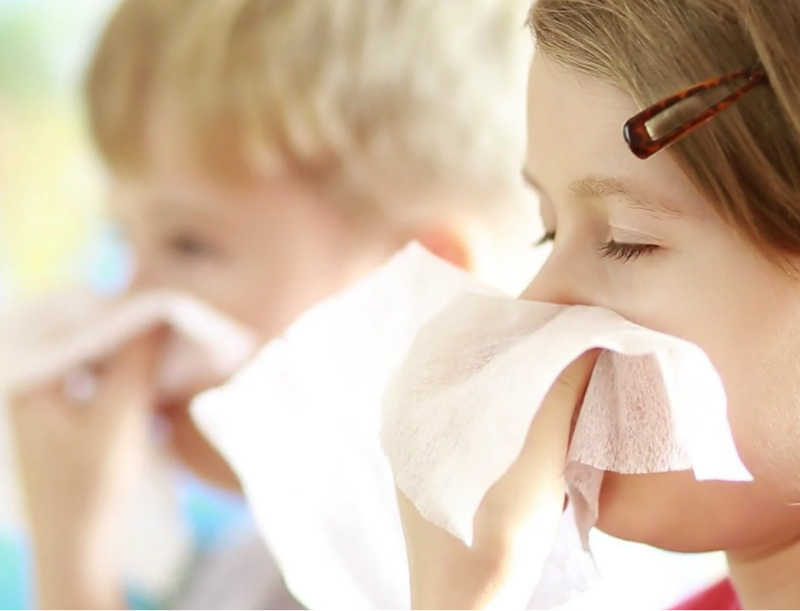
Education for 3 years old children
If your three-four-year-old has not yet mastered the blowing skills, then you can also play games with him, which were described in the previous section. In addition, children from three years of age and older can be shown all the hygiene procedures by their own example. At this age, the kids are real “monkeys” and are happy to repeat after the elders.
Games while swimming. A good way to learn is to play games while swimming. It is necessary to show the child how to blow foam from the palm of his hand with his nose. To interest the baby, you can arrange a game-competition.
The game is a candle. At 3 years old, the child can be completely trusted to play the classic game for training a strong exhalation with the nose. Of course, you cannot leave a child alone next to a burning candle, but in your presence it is safe. Ask to blow out his candle by exhaling from his nose. Then the child will try to blow as hard as possible. Burning candle & mdash; this is not a piece of paper for you, it is terribly interesting.
Pediatricians recommend adhering to certain rules when blowing:
- The child must understand that it is necessary to clean each nostril in turn. In this case, one should be tightly clamped.
- Excessive blowing of mucus can cause nosebleeds, as well as snot in the nasopharynx and ears, which will lead to the development of tonsillitis or otitis media. To reduce pressure on the eardrum, the mouth should be slightly open.
- To blow your nose, you need to use a soft handkerchief or disposable paper napkins.
Learn to use a scarf / napkin
As soon as the child understands how to control the flow of air from his own nose, he is ready to try to do this using a scarf or napkin.
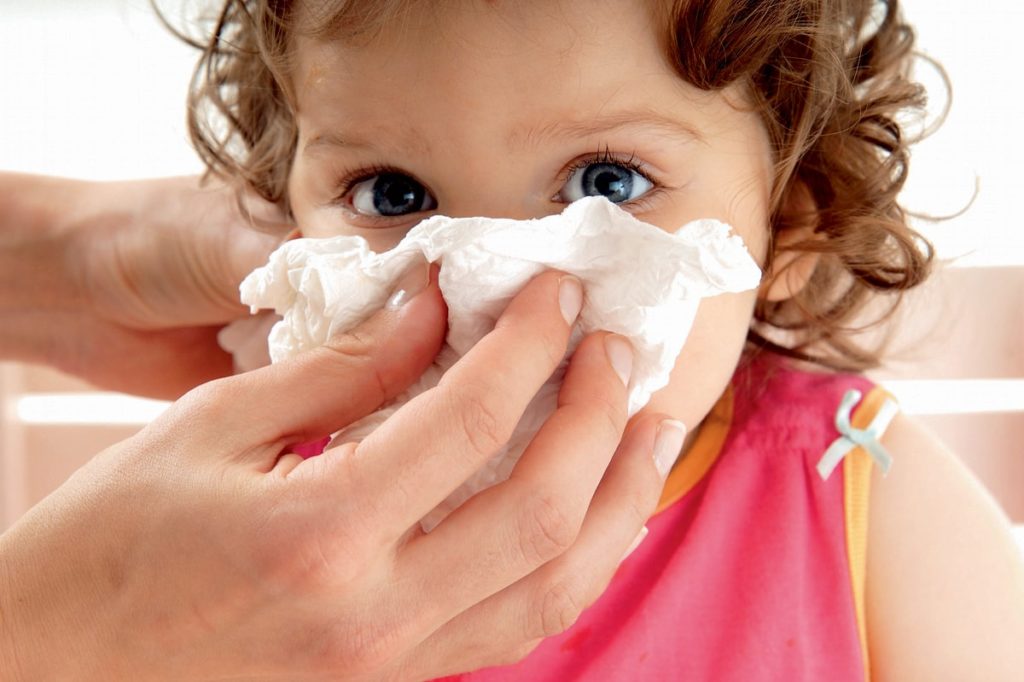
First, hold a napkin in place of the baby to show him where to place it. A child should not pinch his nostrils or wipe his nose until he begins to blow air. Again, this sounds easy, but it may take a few tries to get it right.
The child will need to practice placing the napkin right at the base of the nose and hold it with your fingertips.
First, the child needs to learn how to blow his nose using both hands, and then he will learn how to handle a napkin with one hand.
If it doesn’t work
If the child does not succeed in blowing air out of the nose and blowing his nose, then take a break in learning. Return to the exercises in one to two weeks.
There are also frequent situations where in the game the baby shows excellent results, and he does not succeed in cleaning the nose with a runny nose. The cause may be too thick discharge. A child simply cannot afford to push her out of her nose. In this case, a few drops of saline are instilled into the nose, and when the mucus becomes thinner, try again.
We help clean the nose
If a runny nose was taken by surprise, and the baby has not yet been taught to independently snot out snot, then unpleasant sensations can be alleviated by rinsing with saline or instillation of special children's products with a pipette. Wad flagella, a pear or an aspirator will help directly with cleaning, but children really do not like it when they introduce unpleasant devices into their spouts.
Perhaps it is precisely such hostility to loud mechanical "things" that will help speed up the learning process, the child himself will begin to "push out" the interfering mucus. However, you cannot specially frighten with scary tools, because it is possible to cause psychological trauma and then the baby will not only be afraid of a runny nose, but may also start to stutter.
READ ALSO: We clean the nose from boogers, crusts and stuffiness
And the last moment
When teaching a child to blow his nose (and not only him), parents should be patient, be friendly with the child, and not scold him for failures. Be sure, sooner or later, the baby will learn to blow his nose, and by paying attention and tact, you will retain his trust and desire to learn.
Do not force the child to do exercises if he has no mood or desire. Return to class a bit later.
Dr. Komarovsky: How to blow your nose properly
Dr. Komarovsky will explain how to blow your nose properly, and will warn parents of incorrect actions when blowing their children.
Mom teaches a child to blow her nose
The Brovchenko family. How to properly nose your child so that there are no complications on the ears


